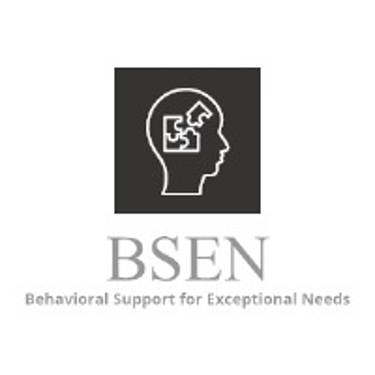The Increasing Need for Supportive Education: Designing a Curriculum for All Children


Why More Children are Being Diagnosed with Disabilities
In recent years, there has been a noticeable increase in the number of children being diagnosed with disabilities. This rise can be attributed to several factors, including improved awareness and understanding of various conditions, advancements in diagnostic tools, and changes in societal attitudes towards disabilities.
One significant reason for the increase in diagnoses is the improved awareness and understanding of disabilities. Through extensive research and education, professionals and parents alike have become more knowledgeable about the signs and symptoms of different disabilities. Consequently, this heightened awareness has led to earlier identification and diagnosis of children who may require additional support.
Advancements in diagnostic tools have also played a crucial role in identifying disabilities in children. With the development of more accurate and reliable assessment methods, healthcare professionals can now detect disabilities that may have previously gone unnoticed. These tools enable early intervention and appropriate support, helping children thrive academically and socially.
Furthermore, societal attitudes towards disabilities have evolved over time, leading to increased acceptance and recognition of diverse abilities. This shift in mindset encourages parents and educators to seek help and support for children who may have previously been overlooked or misunderstood. As a result, more children are being diagnosed and provided with the necessary resources to succeed.
Why More Children Need Substantial Support in School
As the number of children diagnosed with disabilities continues to rise, it becomes increasingly crucial to provide substantial support within the school system. Every child deserves an equal opportunity to learn and grow, regardless of their abilities. By offering tailored assistance, we can ensure that all students can reach their full potential.
Children with disabilities often require additional support to overcome various challenges they may face in the classroom. This support can range from specialized teaching methods to assistive technologies and individualized learning plans. By providing these resources, educators can create an inclusive environment where every child feels valued and supported.
Moreover, substantial support in schools fosters a sense of belonging and promotes positive social interactions among students. When children with disabilities receive the assistance they need, they can actively participate in classroom activities and engage with their peers. This inclusive atmosphere benefits all students, as it encourages empathy, understanding, and acceptance of individual differences.
How Curriculum Should be Designed to Accommodate More Children
Designing a curriculum that accommodates the needs of all children is crucial for fostering inclusive education. Here are some key considerations:
- Flexibility: A flexible curriculum allows for individualized instruction, enabling students to learn at their own pace and in a manner that suits their unique learning style.
- Multi-sensory Approach: Incorporating various sensory experiences, such as visual aids, auditory cues, and hands-on activities, can enhance learning for children with different abilities.
- Collaborative Learning: Encouraging teamwork and cooperative learning activities promotes social interaction and peer support, benefiting all students, including those with disabilities.
- Accessible Materials: Providing accessible materials, such as large print or braille resources, ensures that children with visual impairments can fully engage in the learning process.
- Professional Development: Offering ongoing training and support for educators equips them with the necessary skills and knowledge to effectively teach and support children with disabilities.
By implementing these strategies, schools can create an inclusive curriculum that caters to the diverse needs of all children. This approach not only benefits students with disabilities but also enriches the educational experience for every child in the classroom.
In conclusion, the increasing number of children being diagnosed with disabilities highlights the need for supportive education. By understanding the reasons behind this rise, recognizing the importance of substantial support, and designing a curriculum that accommodates all children, we can create an inclusive educational environment where every child can thrive.
